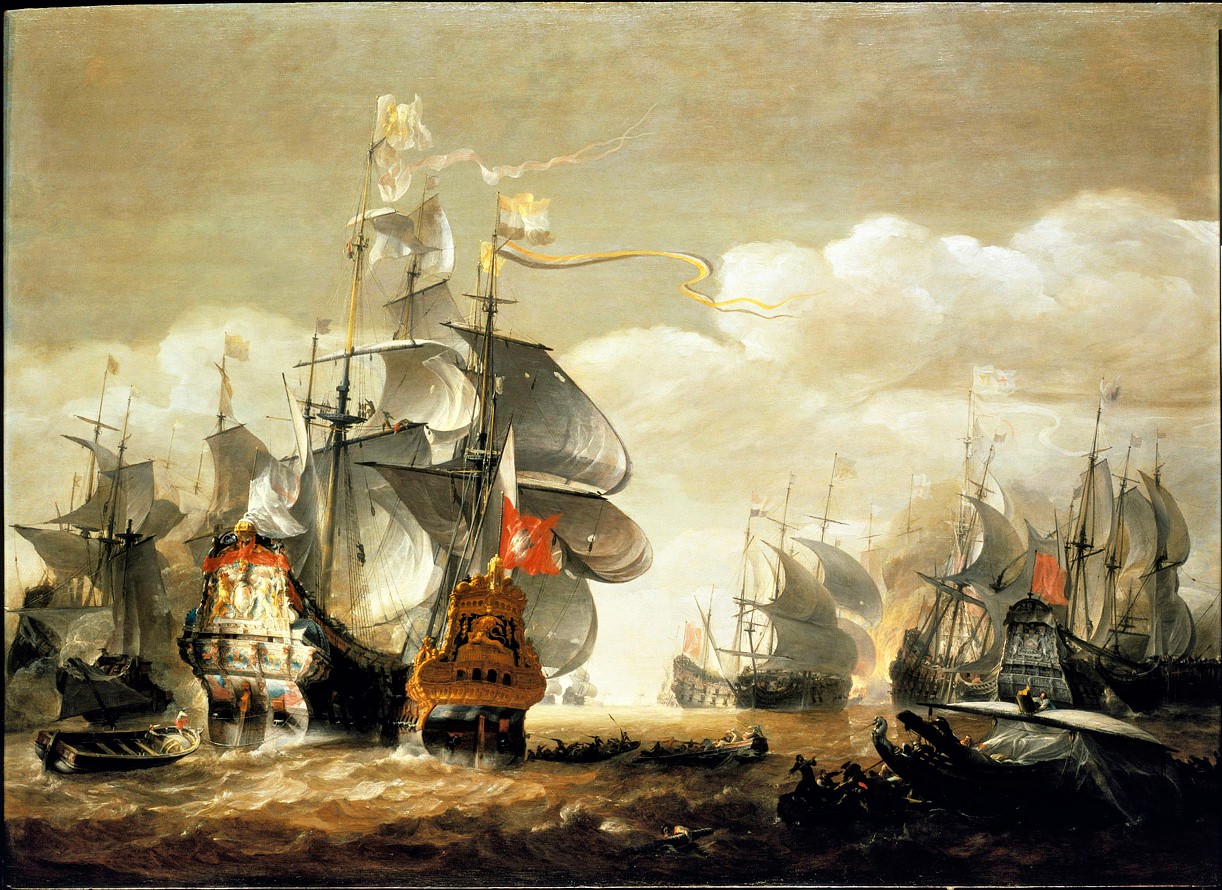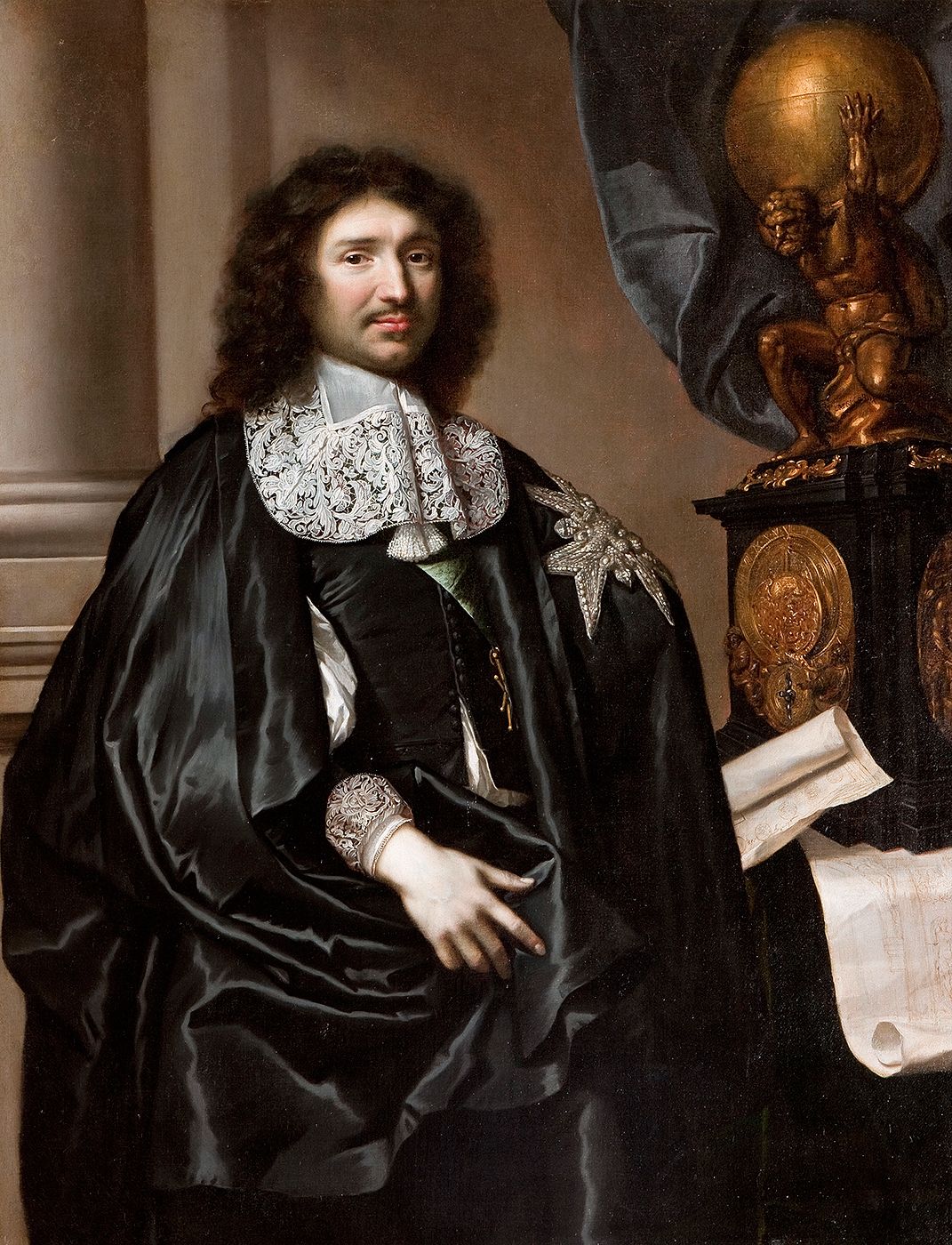|
Fort Cépérou
Fort Cépérou was a fort that protected the city of Cayenne, French Guiana. It is named after Cépérou, a celebrated indigenous chief who ceded the land. The original wooden fort was built on a hill looking over the mouth of the Cayenne River in 1643. Over the years that followed the French temporarily lost the site to the Dutch, English and Portuguese. The fort was torn down and rebuilt several times. Between 1689 and 1693 the whole town of Cayenne, including the fort, was surrounded by a classic line of fortifications by Vauban. The town was occupied by the Portuguese during the Napoleonic Wars, Napoleonic wars between 1809 and 1817 and Vauban's fortifications were destroyed, as were the Bastion, bastions of the fort. Little remains of the fort today. Location The remains of Fort Cépérou are at the western edge of the present city of Cayenne, French Guiana. A map from 1769 shows the fort and town in the north west of the Island of Cayenne River, Cayenne, which lies on the ... [...More Info...] [...Related Items...] OR: [Wikipedia] [Google] [Baidu] |
Cayenne
Cayenne (; ; ) is the Prefectures in France, prefecture and capital city of French Guiana, an overseas region and Overseas department, department of France located in South America. The city stands on a former island at the mouth of the Cayenne River on the Atlantic Ocean, Atlantic coast. The city's motto is "fert aurum industria", which means "work brings wealth". Cayenne is the largest Francophone city of the South American continent. In the 2021 census, there were 151,103 inhabitants in the metropolitan area of Cayenne (as defined by INSEE), 63,468 of whom lived in the city (communes of France, commune) of Cayenne proper. History Ignored by Spanish explorers who found the region too hot and poor to be claimed, the region was not colonized until 1604, when the French founded a settlement. However, it was soon destroyed by the Portugal, Portuguese, determined to enforce the Treaty of Tordesillas. French colonists returned in 1643 and founded Cayenne, but were forced to ... [...More Info...] [...Related Items...] OR: [Wikipedia] [Google] [Baidu] |
Sinnamary River
The Sinnamary () is a river in French Guiana. It is long. It rises in the center of the country, flowing north until it reaches the Atlantic Ocean The Atlantic Ocean is the second largest of the world's five borders of the oceans, oceanic divisions, with an area of about . It covers approximately 17% of Earth#Surface, Earth's surface and about 24% of its water surface area. During the ... near the town of Sinnamary. Its longest tributary is the Koursibo. The Petit-Saut Dam was built near Petit-Saut between 1989 and 1994. References Rivers of French Guiana Ramsar sites in France Rivers of France {{FrenchGuiana-river-stub ... [...More Info...] [...Related Items...] OR: [Wikipedia] [Google] [Baidu] |
Jacob Binckes
Jacob Binckes (1637 – 12 December 1677) was a Dutch States Navy officer. Jacob himself used the name Benckes. He was a seafarer trading mostly on Norway in the transport of wood. In 1665 Jacob Binckes started his service with the Admiralty of Amsterdam. His first assignment as a captain was to escort a convoy to Norway. The next year, he helped to secure the River Elbe in northern Germany, near Glückstadt, in the interest of Dutch merchant shipping. As a captain he participated in the Raid on the Medway in the Second Anglo-Dutch War. With his frigate Essen (including 25 marines) Jacob Binckes is part of the taskforce on the Medway. In 1673 together with vice-admiral Cornelis Evertsen de Jongste ("Keesje the Devil") he burned part of the Virginia tobacco fleet in the Second Battle of the James River (1673) before they recapture the former New Netherland capital New Amsterdam, which had been renamed New York after it had surrendered in 1664. In 1674, New York was returned t ... [...More Info...] [...Related Items...] OR: [Wikipedia] [Google] [Baidu] |
Antoine Lefèbvre De La Barre
Joseph-Antoine le Fèbvre, sieur de La Barre (or Antoine Lefebvre, Antoine Lefèvre; 1622–1688) was a French lawyer and administrator best known for his disastrous three years as governor of the colony of New France (Quebec). As a young man he served in the administration in France. He then became governor of Cayenne (French Guiana) in 1664 after it was recovered from the Dutch. After handing Cayenne over to his brother, he served briefly as lieutenant-general of the French West Indies colonies, then for many years was a naval captain. In two engagements he was accused of cowardice, but in others he served with distinction. At the age of 60 he was appointed Governor of New France, holding office from 1682 to 1685. He spent much of his energy in trading ventures, using his position as governor to attack his great rival René-Robert Cavelier de La Salle. He began a war with the Iroquois, the main power in the region, and led a poorly equipped expedition against them that ran into ... [...More Info...] [...Related Items...] OR: [Wikipedia] [Google] [Baidu] |
John Harman (Admiral)
Admiral Sir John Harman ( – 11 October 1673) was an English officer of the Royal Navy, who served first under the Commonwealth of England, Commonwealth, then Charles II of England, Charles II following the 1660 Stuart Restoration. Harman began his career in 1646, and fought in the First Anglo-Dutch War, as well as a number of other actions. At the start of the Second Anglo-Dutch War, he was captain of ''HMS Gloucester (1660), HMS Gloucester'', the flagship used by James II of England, James, Duke of York at Battle of Lowestoft, Lowestoft in 1665. The English won a clear victory, but Harman was criticised for his alleged failure to pursue the beaten Dutch fleet. Despite this, in 1667 he was given command of a Squadron (naval), squadron sent to re-establish the English position in the Caribbean, a task he successfully carried out. Subsequently acquitted for his actions at Lowestoft, he became Rear Admiral in 1672 and served in all three major actions of the Third Anglo-Dutch War. ... [...More Info...] [...Related Items...] OR: [Wikipedia] [Google] [Baidu] |
Cyprien Lefebvre De Lézy
Cyprien Lefebvre de la Barre, chevalier de Lézy (16 December 1643 – March 1687), or Cyprien Lefèvre, Le Febvre, was governor of the French colony of Cayenne (French Guiana) from 1665 to 1667, and again from 1670 to 1679. During his term of office the colony was raided first by the English and then by the Dutch. Family Cyprien Lefebvre was born on 16 December 1643. His father was Antoine Lefebvre (died 1669), sieur de la Barre, a counselor in parliament and provost of the merchants of Paris. His mother was Madeleine Belin. His eldest brother was Antoine Lefèbvre de La Barre (1622–1688), governor of Cayenne from May 1664 to June 1665. In 1665 the French Minister Jean-Baptiste Colbert commissioned Antoine Lefebvre de La Barre as the king's governor of the American Mainland. He was later governor of Cayenne for the king from 1668 to 1670 and governor general of New France from 1682 to 1685. The family dynasty ended with Antoine's son, François Lefebvre de La Barre, who was gove ... [...More Info...] [...Related Items...] OR: [Wikipedia] [Google] [Baidu] |
Jean-Baptiste Colbert
Jean-Baptiste Colbert (; 29 August 1619 – 6 September 1683) was a French statesman who served as First Minister of State from 1661 until his death in 1683 under the rule of King Louis XIV. His lasting impact on the organization of the country's politics and markets, known as Colbertism, a doctrine often characterized as a variant of mercantilism, earned him the nickname ''le Grand Colbert'' (; "the Great Colbert"). A native of Reims, he was appointed Intendant of Finances on 4 May 1661. Colbert took over as Controller-General of Finances, a newly created position, in the aftermath of the arrest of Nicolas Fouquet for embezzlement, an event that led to the abolishment of the office of Superintendent of Finances. He worked to develop the domestic economy by raising tariffs and encouraging major public works projects, as well as to ensure that the French East India Company had access to foreign markets, so that they could always obtain coffee, cotton, dyewoods, fur, pepper, ... [...More Info...] [...Related Items...] OR: [Wikipedia] [Google] [Baidu] |
States General Of The Netherlands
The States General of the Netherlands ( ) is the Parliamentary sovereignty, supreme Bicameralism, bicameral legislature of the Netherlands consisting of the Senate (Netherlands), Senate () and the House of Representatives (Netherlands), House of Representatives (). Both chambers meet at the Binnenhof in The Hague. The States General originated in the 15th century as an assembly of all the provincial states of the Burgundian Netherlands. In 1579, during the Dutch Revolt, the States General split as the northern provinces openly rebelled against Philip II of Spain, Philip II, and the northern States General replaced Philip II as the supreme authority of the Dutch Republic in 1581. The States General were replaced by the National Assembly of the Batavian Republic, National Assembly after the Batavian Revolution of 1795, only to be restored in 1814, when the country had regained its sovereignty. The States General was divided into a Senate and a House of Representatives in 1815, with t ... [...More Info...] [...Related Items...] OR: [Wikipedia] [Google] [Baidu] |
Guerin Spranger
Daniel Guerin Spranger, or Quijrijn Spranger, Gerrit Spranger (born ) was a Dutch Jewish entrepreneur who was the commander of the colony of Cayenne, now in French Guiana, between 1656 and 1664. The island of Cayenne had earlier been abandoned by the French. Spranger established good relations with the indigenous people and founded plantations of sugarcane and other tropical plants. In 1664 the French returned in force, and Spranger ceded the colony on the best terms he could get. In 1676 the Dutch again captured Cayenne, and later that year the French again regained control. Spranger seems to have been among the Dutch prisoners shipped back to France in 1676. Life Early years (1610–56) Daniel Guerin Spranger was born in Holland around 1610. He obtained a contract to provide supplies to the army of Maurice de Nassau in the conquest of Brazil, and spent sixteen year in Dutch Brazil engaged in colonization schemes. He developed extensive trade between Brazil and Amsterdam. When t ... [...More Info...] [...Related Items...] OR: [Wikipedia] [Google] [Baidu] |
Compagnie De La France équinoxiale
The Compagnie de la France équinoxiale (Equinoctial France Company), or Compagnie de l'establissement des colonies françoises dans les terres fermes de l'Amerique, was a French enterprise formed in 1651 to colonize equatorial South America. The enterprise soon failed. In 1663 it was relaunched, but the next year was merged into a general company for all French possessions in the Americas. The colony of Cayenne, the nucleus of French Guiana, was eventually secured in 1674. Background "Equinoctial France" (France équinoxiale) was the name given to the part of South America between the Orinoco and Amazon River – the Guianas. The French government gave several companies the right of commerce and navigation in these countries. The first was given to the merchants of Rouen in 1633 and confirmed by letters patent in 1638. Settlements were founded at the mouth of the Cayenne River in 1634 and 1636. In 1643, a new company was formed in Rouen called the Compagnie du cap du Nord, which ... [...More Info...] [...Related Items...] OR: [Wikipedia] [Google] [Baidu] |
Kalina People
The Kalina, also known as the Caribs or mainland Caribs and by several other names, are an Indigenous people native to the northern coastal areas of South America. Today, the Kalina live largely in villages on the rivers and coasts of Venezuela, Guyana, Suriname, French Guiana, and Brazil. They speak a Cariban language known as Carib. They may be related to the Island Caribs of the Caribbean, though their languages are unrelated. Name The exonym ''Caribe'' was first recorded by Christopher Columbus. One hypothesis for the origin of ''Carib'' is that it means "brave warrior". Its variants, including the English ''Carib'', were then adopted by other European languages. Early Spanish colonizers used the terms '' Arawak'' and ''Caribs'' to distinguish the peoples of the Caribbean, with ''Carib'' reserved for Indigenous groups that they considered hostile and ''Arawak'' for groups that they considered friendly. The Kalina call themselves ''Kalina'' or ''Karìna'' , spelled vario ... [...More Info...] [...Related Items...] OR: [Wikipedia] [Google] [Baidu] |





